How to Trade Trends, Pullbacks & Sideways Markets (2025)
Updated: 21.03.2025
How to trade correctly on trends, pullbacks and during sideways movements (consolidation) + learn to identify trend reversals (2025)
All price movement on the market can be described by just three states:
An uptrend is an update of local highs and lows as prices rise, and each new high or low should be higher than the previous one: In a downtrend, on the contrary, the highs and lows are updated, but this time when the price moves down. In this case, each new local maximum or minimum price will be lower than the previous one: As you can see, the price moves in waves during trend movements: a strong price movement in the direction of the current trend is followed by a small and short movement against the trend, after which the price continues to move towards the main trend.
If we look at the trend schematically, the uptrend will look like this:
The operation of the ADX indicator is very simple:
But we are only interested in the ADX line, so we will simply remove all unnecessary ones in the indicator settings. So, if the ADX line is above the “25” level (this also needs to be added manually), then there is a trend in the market: The ADX line does not show what specific trend is present in the market, it only indicates the strength of the price change - the further the line is from the “25” level, the stronger the trend.
The second way to determine a trend using Bollinger Bands is to use two Bollinger Bands indicators:
Example of a signal in an uptrend: Example of signals in a downtrend: You definitely need to follow the updates of the highs and lows so as not to get caught in the sideways price movement.
Upside signals look like this: Downside signals (in a downtrend) look like this: Disadvantages of the strategy: the price may not return to the previously broken support and resistance level, which means that expectations will be in vain.
It is also worth noting that the price, inside a consolidation, obeys simple “laws” - it bounces down from the upper border and upward from the lower border. By defining these boundaries, you can make money very quickly and well. The main thing is not to be greedy, since you never know for sure when the sideways movement will be broken and a trend will begin.
Everything that falls into the established channel is consolidation: If most of the candles are formed outside the channel, then these are trend movements. It is also worth paying attention to the width of the Bollinger Bands - during lateral movement, the stripes are directed horizontally, and their width is not so large.
But if this is not enough, then you can add an RSI indicator with a small period (for example, “4”) and open trades only when the RSI line is in the overbought or oversold zone, and the price is at the boundaries of the channel: Trading in a side channel using Bollinger Bands? Easily! We take Bollinger Bands with standard settings and wait until the price goes beyond its boundaries. Has the price broken the upper or lower limit? We open a trade inside the channel: The main thing is to understand the indicator correctly and not miss the moment when a trend begins.
Let's look at an example. The price is moving in an uptrend - local highs and lows appear higher and higher: While the highs and lows update each other, any price movements against the trend should be considered pullbacks: But at some point, the highs and lows stop updating - a clear sign of the end of the trend: And after consolidation, the price begins to update its highs and lows, but already in the downward movement, a trend reversal has occurred: A change in the direction of updated highs and lows only indicates a trend reversal, as we have just seen. Let's do it again: This is how trend movements reverse: in some cases, the trend ends in consolidation, and in others it is replaced by the opposite trend. That's how we live.
There is nothing complicated about this - we plot the trend line on the chart and see whether the price has broken through it or not: If tops and bottoms began to form behind the trend line, then the breakout definitely took place. Expect consolidation or trend reversal. If the price is still on the right side of the trend line, and the tops and bottoms have stopped updating, then perhaps there is a protracted correction in the market.
Well, you already know how to trade in trends and sideways price movements. All that remains is to determine what is in front of you, and only then begin to act according to a pre-compiled algorithm for making a profit.
Having honed your understanding of the market to the point of automation, you will be able to not only make the right decisions very quickly, but also instantly find profitable points for opening transactions. Knowledge about price movements is useless if you cannot make money from this knowledge. An experienced trader without the ability to trade is like a grocery store in the desert - it would seem that you can take it and make a profit while there is no competition, but, bitch, something is missing.
- Trend
- Pulseback during a trend
- Consolidation or sideways price movement
Contents
- Trend in binary options trading: how to trade trending price movements
- Trend determination using ADX (Average Directional Movement Index)
- Trend determination using moving averages
- Trend determination using Bollinger Bands
- How to trade in a trend on binary options: strategies for trading with the trend
- Price Action 1-2-3 pattern – strategy for trend trading
- Returning the price to the broken level of support and resistance - trend strategy
- Consolidation or sideways price movement: how to trade in sideways price movements
- Determination of price consolidation using ADX (Average Directional Movement Index)
- Detecting lateral movement using Bollinger Bands
- How to trade in sideways price movements - make money on consolidation
- How to distinguish a pullback during a trend from a price reversal
- How to determine a price reversal
- Such a different market or how to make sense of this chaos
Trend in binary options trading: how to trade trending price movements
A trend is a price movement in one direction for a long time. There are two types of trends:- Uptrend or uptrend
- Downtrend or downtrend
An uptrend is an update of local highs and lows as prices rise, and each new high or low should be higher than the previous one: In a downtrend, on the contrary, the highs and lows are updated, but this time when the price moves down. In this case, each new local maximum or minimum price will be lower than the previous one: As you can see, the price moves in waves during trend movements: a strong price movement in the direction of the current trend is followed by a small and short movement against the trend, after which the price continues to move towards the main trend.
If we look at the trend schematically, the uptrend will look like this:
- Segments: 1-2, 3-4, 5-6 – these are price movements in the direction of the current uptrend
- Segments: 2-3, 4-5 – rollbacks in trend movements (down – against the current trend)
- Points: 2, 4, 6 indicate an increase in local maxima, each of which is higher than the previous one
- Points: 1, 3 and 5 indicate an increase in local minima, each of which will also be higher than the previous one
- Segments: 1-2, 3-4, 5-6 – these are price movements towards the current downward trend
- Segments: 2-3, 4-5 – rollbacks in trend movements (up – against the current trend)
- Points: 2, 4, 6 indicate a decrease in local maxima, each of which is lower than the previous one
- Points: 1, 3 and 5 indicate a decrease in local minima, each of which will also be lower than the previous one
Trend determination using ADX (Average Directional Movement Index)
The technical analysis indicator ADX (aka Average Directional Movement Index) was specially created to determine the trend on the price chart. To say that the indicator copes with its task perfectly is to say nothing.The operation of the ADX indicator is very simple:
- If the ADX line is above the “25” level, then there is a trending price movement in the market
- If the ADX line is below the “25” level, it means there is sideways movement or consolidation in the market
But we are only interested in the ADX line, so we will simply remove all unnecessary ones in the indicator settings. So, if the ADX line is above the “25” level (this also needs to be added manually), then there is a trend in the market: The ADX line does not show what specific trend is present in the market, it only indicates the strength of the price change - the further the line is from the “25” level, the stronger the trend.
Defining a trend using moving averages
Determining a trend is not a difficult thing (if you understand how to do it). So, to identify a trend, you can use three moving averages with different settings. For example, if we take three EMAs:- Exponential Moving Average with a period of “10”
- Exponential Moving Average with a period of “30”
- Exponential Moving Average with a period of “60”
- Exponential Moving Average “10” will be closest to the price
- The middle position will be occupied by Exponential Moving Average “30”
- The farthest from the price will be Exponential Moving Average “60”
Trend determination using Bollinger Bands
If we talk about how to determine a trend using Bollinger Bands (the Bollinger Bands indicator), there are several ways. For example, if you use standard indicator settings, you need to pay attention to the channel boundaries and the center line:- The price channel and the central line are directed upward - this is an uptrend
- The price channel and the central line of the indicator are directed downward - this is a downward trend
- The central line of the indicator is directed to the right, and the channel is narrow – sideways price movement
The second way to determine a trend using Bollinger Bands is to use two Bollinger Bands indicators:
- Bollinger Bands with period “20” and deviation “2” (standard settings)
- Bollinger Bands with period “20” and deviation “1”
How to trade binary options in a trend: strategies for trading with the trend
There are a lot of trend strategies and it’s impossible to list them all. As an example, I will give a couple of strategies that can be used in trend trading and make a profit.Price Action 1-2-3 pattern - strategy for trend trading
The Price Action 1-2-3 pattern is a strategy for catching trend continuations after price pullbacks. It is quite simple and reliable. We find three points on the graph:- The beginning of a trend movement
- Local maximum if the trend is up or local minimum if the trend is down
- Maximum rollback point
Example of a signal in an uptrend: Example of signals in a downtrend: You definitely need to follow the updates of the highs and lows so as not to get caught in the sideways price movement.
Returning the price to the broken level of support and resistance - trend strategy
The trend strategy of “returning the price to the broken support and resistance level” works great in practice. The essence of the strategy is very simple - the price in a trend moves in waves, which means it will often return to a previously broken level, consolidate on it and continue moving towards the main trend. We set the expiration time to 3-5 candles.Upside signals look like this: Downside signals (in a downtrend) look like this: Disadvantages of the strategy: the price may not return to the previously broken support and resistance level, which means that expectations will be in vain.
Consolidation or sideways price movement: how to trade in sideways price movements
Consolidation or sideways price movement is a market condition when the price moves from left to right in a certain price range (corridor). Sideways price movement is kept within the “framework” by support levels (from below) and resistance levels (from above): In a sideways channel, the price is gaining strength before the next trend movement. If the consolidation is narrow and long-lasting, then at the end of it we should expect a strong trending price movement.It is also worth noting that the price, inside a consolidation, obeys simple “laws” - it bounces down from the upper border and upward from the lower border. By defining these boundaries, you can make money very quickly and well. The main thing is not to be greedy, since you never know for sure when the sideways movement will be broken and a trend will begin.
Determining price consolidation using ADX (Average Directional Movement Index)
As we have already found out, the ADX indicator is able to determine trend price movements, but it is also capable of determining market conditions when there is no trend and the price moves sideways. It's simple:- Line indicator a above level “25” - trend
- ADX line below level “25” - consolidation
Detecting lateral movement using Bollinger Bands
We recall the rules for determining the trend using Bollinger Bands and come to the conclusion that it is enough to plot Bollinger Bands with a period of “20” and a deviation of “1” on the chart to identify price consolidation (sideways movement).Everything that falls into the established channel is consolidation: If most of the candles are formed outside the channel, then these are trend movements. It is also worth paying attention to the width of the Bollinger Bands - during lateral movement, the stripes are directed horizontally, and their width is not so large.
How to trade sideways price movements - make money on consolidation
Trading in side channels (consolidation) is a pleasure. Beginner traders love this type of trading because of its simplicity. Indeed, what can be difficult is:- Open a downward trade if the price has reached the upper border of the side channel
- Open a bullish trade if the price has reached the lower consolidation limit
But if this is not enough, then you can add an RSI indicator with a small period (for example, “4”) and open trades only when the RSI line is in the overbought or oversold zone, and the price is at the boundaries of the channel: Trading in a side channel using Bollinger Bands? Easily! We take Bollinger Bands with standard settings and wait until the price goes beyond its boundaries. Has the price broken the upper or lower limit? We open a trade inside the channel: The main thing is to understand the indicator correctly and not miss the moment when a trend begins.
How to distinguish a pullback during a trend from a price reversal
How to distinguish a rollback from a reversal is an eternal question for many novice traders. In fact, everything is not as difficult as it might seem at first glance. We will need a simple understanding of the market, namely what a trend looks like:- The price moves up, and new local highs and lows form higher than the previous ones - this is an upward trend
- The price is moving down, and new local highs and lows are lower than previous ones - this is a downward trend
Let's look at an example. The price is moving in an uptrend - local highs and lows appear higher and higher: While the highs and lows update each other, any price movements against the trend should be considered pullbacks: But at some point, the highs and lows stop updating - a clear sign of the end of the trend: And after consolidation, the price begins to update its highs and lows, but already in the downward movement, a trend reversal has occurred: A change in the direction of updated highs and lows only indicates a trend reversal, as we have just seen. Let's do it again: This is how trend movements reverse: in some cases, the trend ends in consolidation, and in others it is replaced by the opposite trend. That's how we live.
How to determine a price reversal
Let's define the characteristics of rollbacks and reversals of trend movements. Kickbacks:- Form after strong trend impulses
- They run out quickly
- In rare cases, they have a complex pattern of “behavior” or represent a consolidation
- Shaped to update highs and lows
- Can happen at any time
- Can lead to lasting trends
- Change the “polarity” of the formation of local minima and maxima
Determine the price reversal using Fibonacci levels
Fibonacci levels are levels that determine price reversal points after trend movements. If you plot them on a chart (from the start point of a trend impulse to a local maximum or minimum), then the levels will indicate possible reversal points: In this case, the rollback ended at the level of “38.2”. If the price dropped below the “100” level, then this moment can be considered the beginning of a reversal or price correction:Determine the price reversal using trend lines
In fact, identifying a reversal based on a trend line is the same as identifying a reversal based on the formation of local highs or lows. The principle is the same, the picture is different.There is nothing complicated about this - we plot the trend line on the chart and see whether the price has broken through it or not: If tops and bottoms began to form behind the trend line, then the breakout definitely took place. Expect consolidation or trend reversal. If the price is still on the right side of the trend line, and the tops and bottoms have stopped updating, then perhaps there is a protracted correction in the market.
Well, you already know how to trade in trends and sideways price movements. All that remains is to determine what is in front of you, and only then begin to act according to a pre-compiled algorithm for making a profit.
Such a different market or how to make sense of this chaos
The market can be really different, but only novice traders see the chaos in it. Experienced colleagues in the workshop perfectly understand the current state of the asset. A little practice and you will understand that there is nothing complicated here - one glance will be enough and the brain will immediately give the correct answer.Having honed your understanding of the market to the point of automation, you will be able to not only make the right decisions very quickly, but also instantly find profitable points for opening transactions. Knowledge about price movements is useless if you cannot make money from this knowledge. An experienced trader without the ability to trade is like a grocery store in the desert - it would seem that you can take it and make a profit while there is no competition, but, bitch, something is missing.

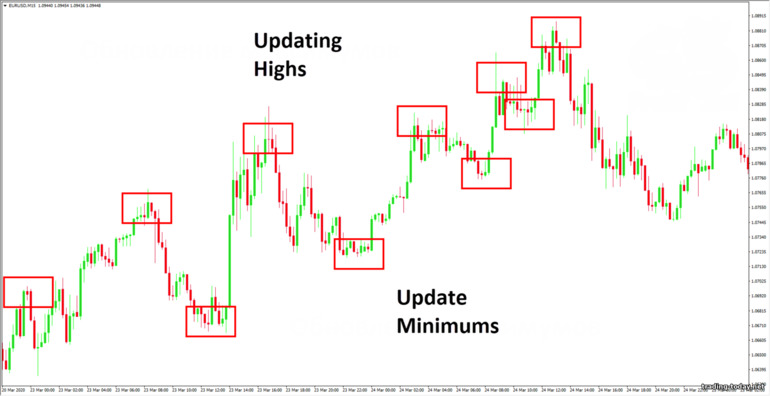
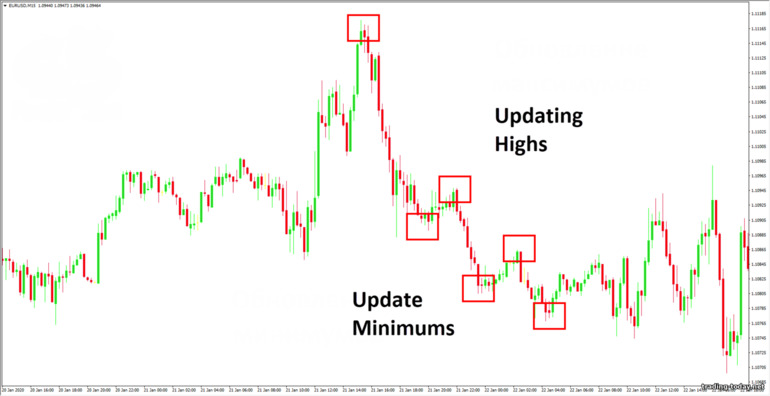
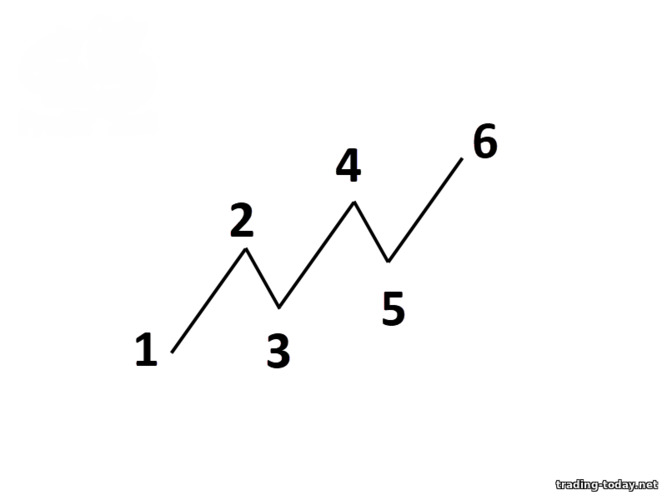

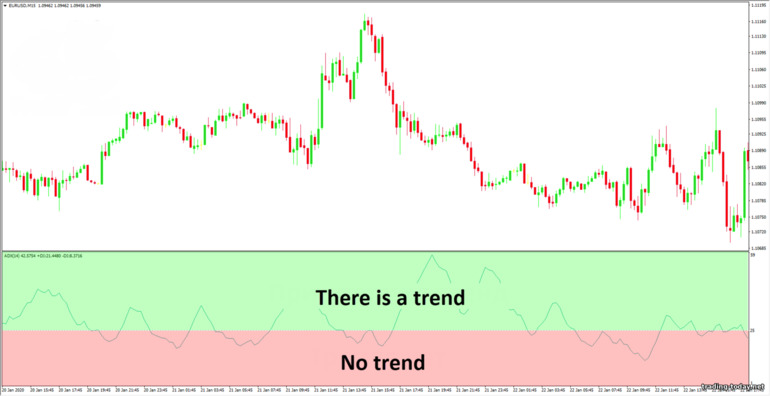
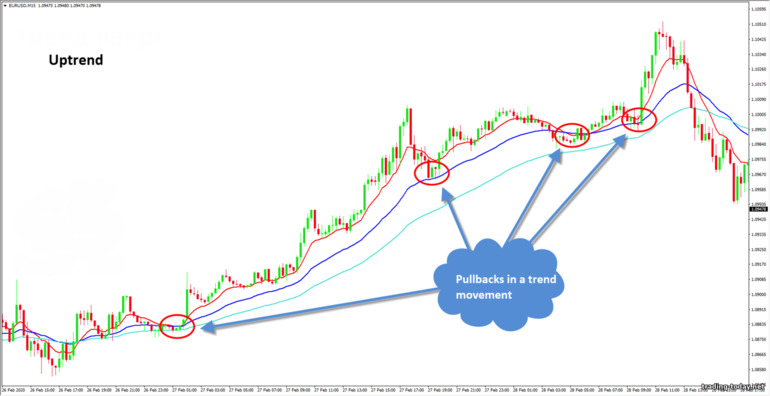
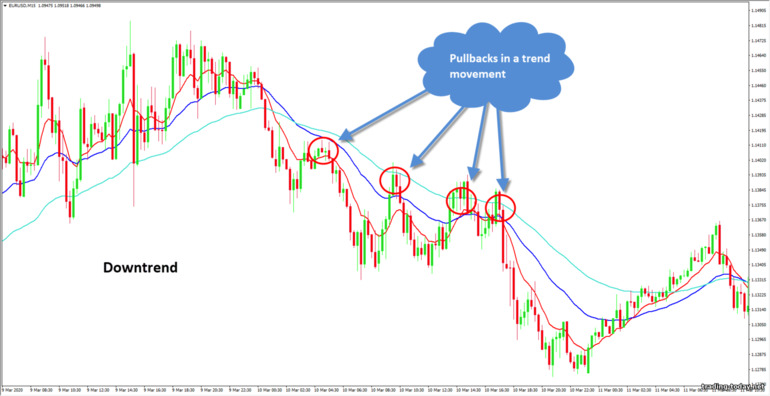
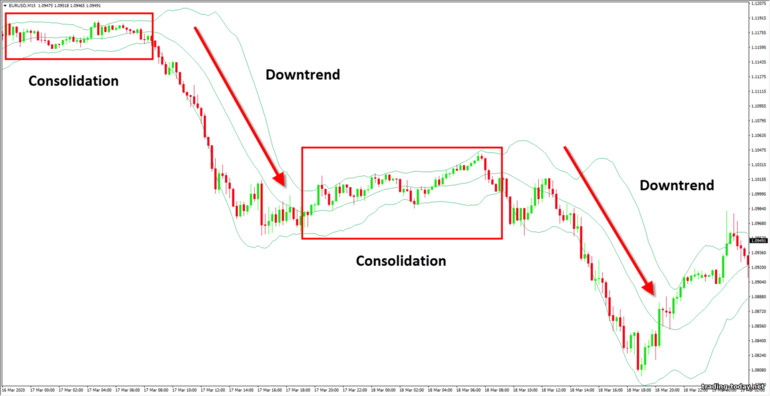
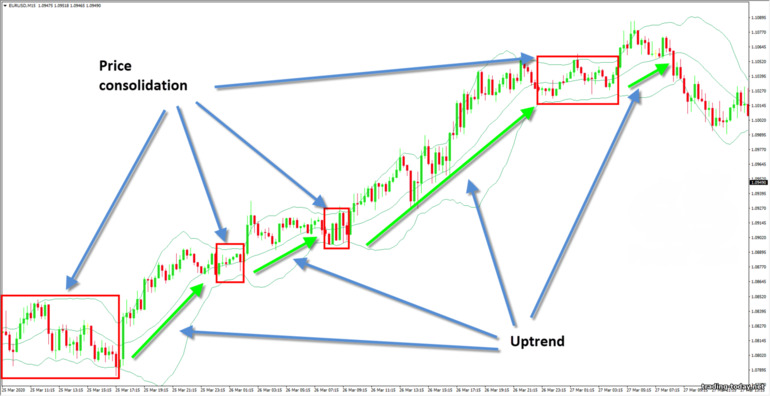
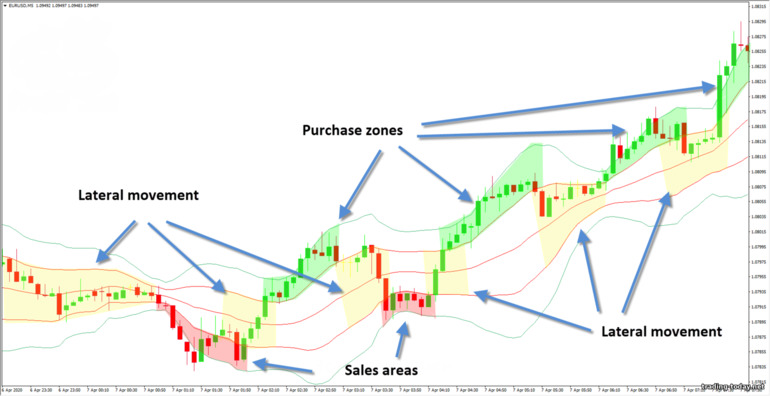
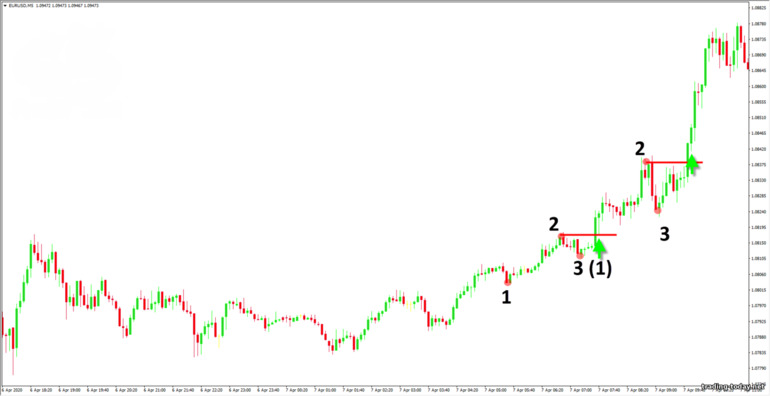
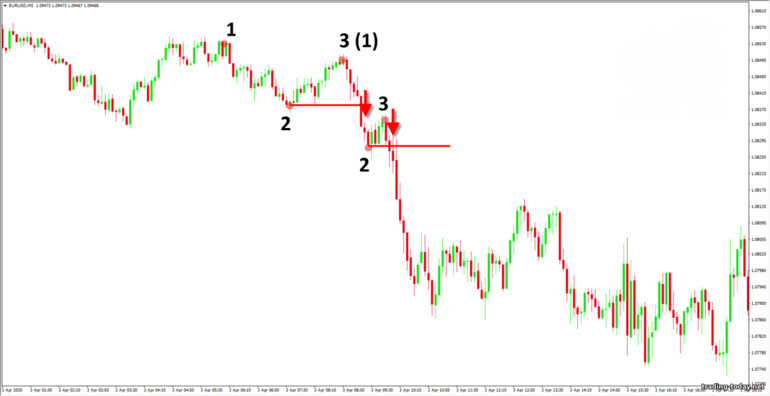
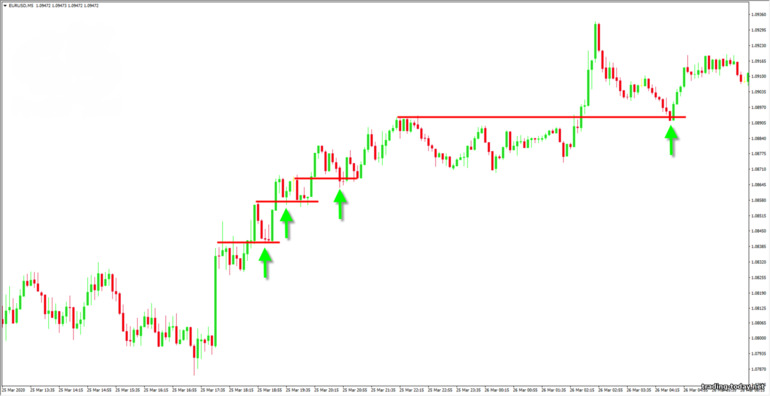
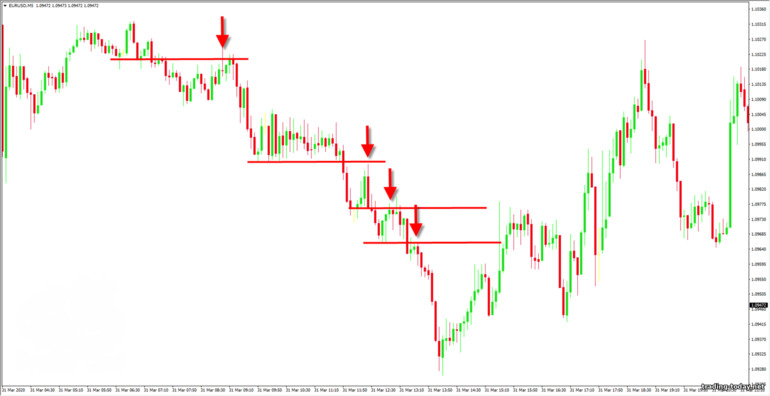
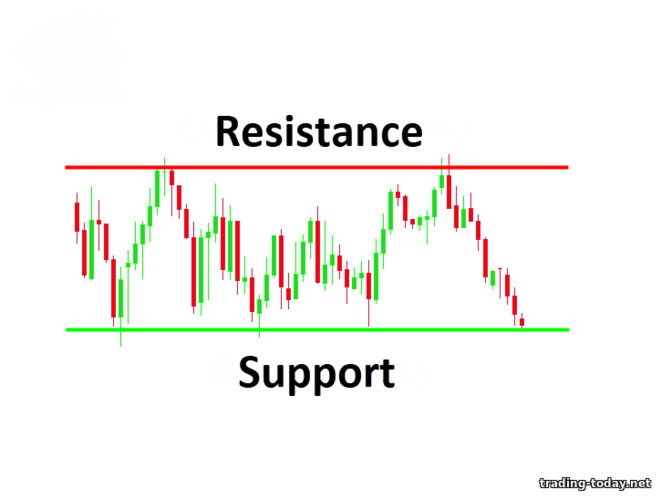
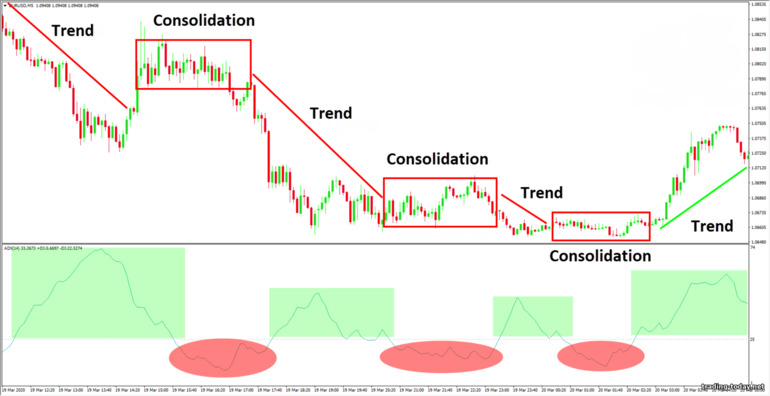

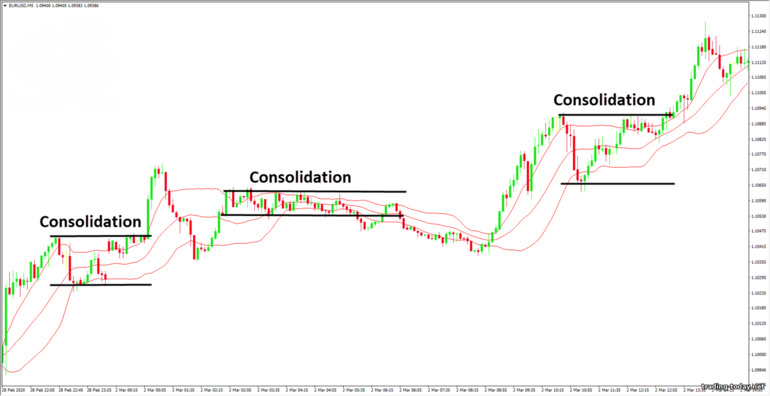
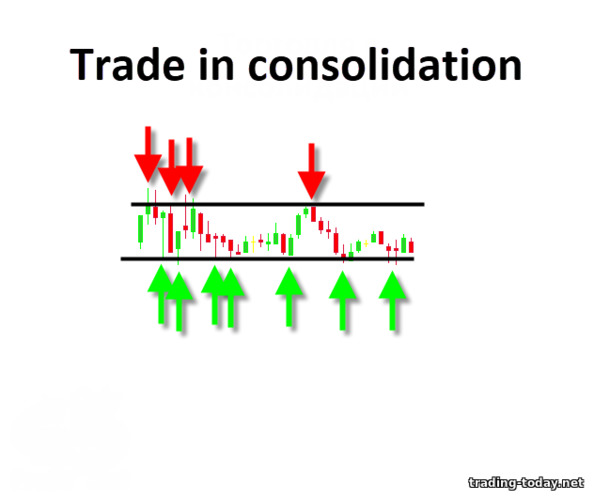
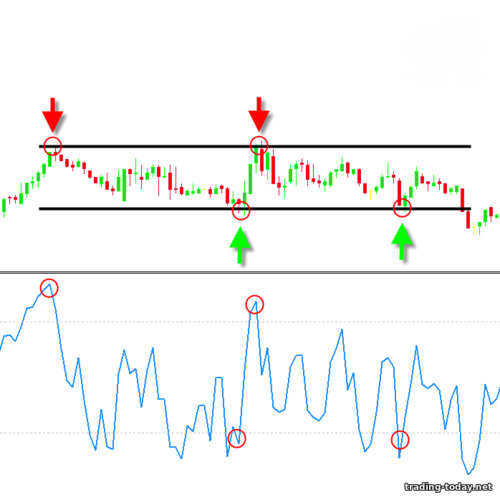
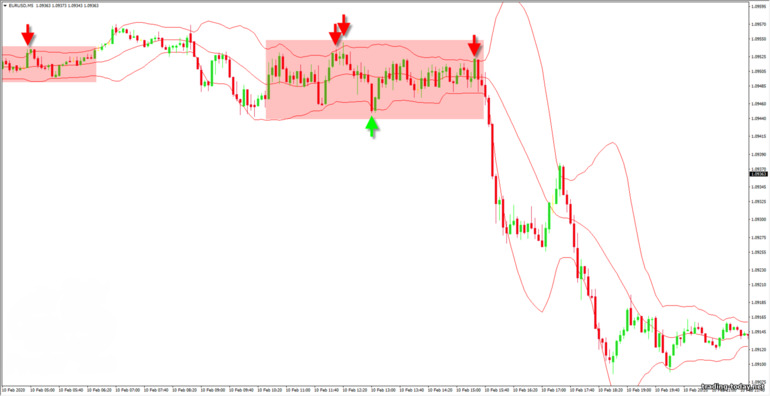
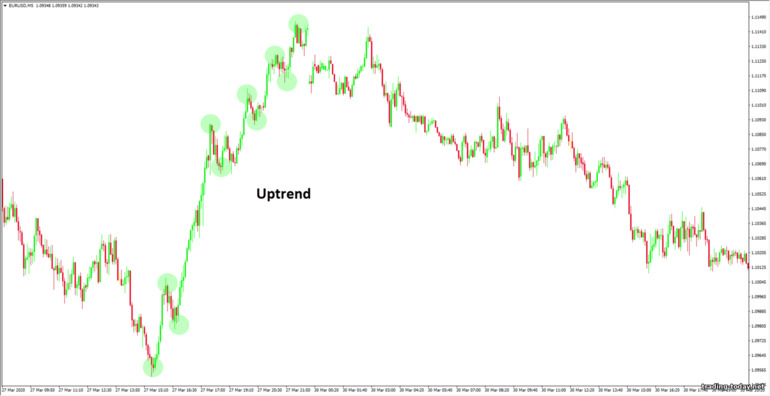
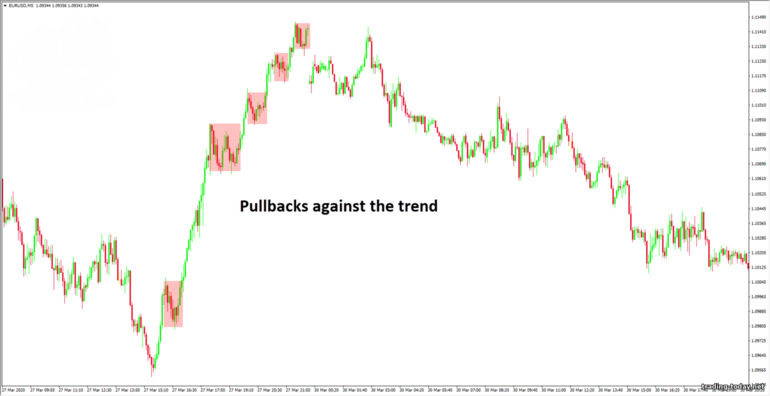
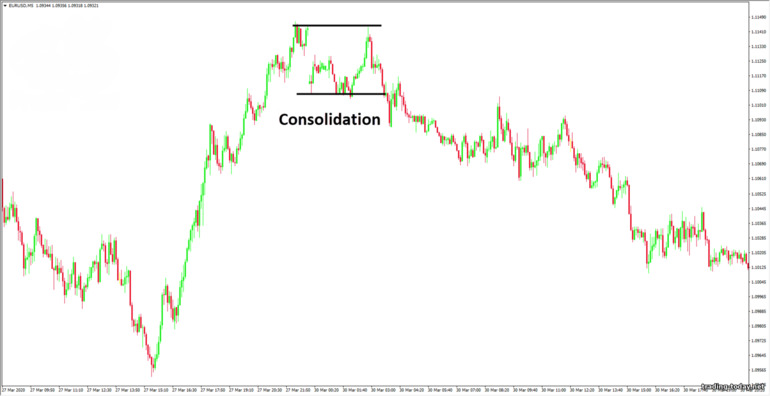
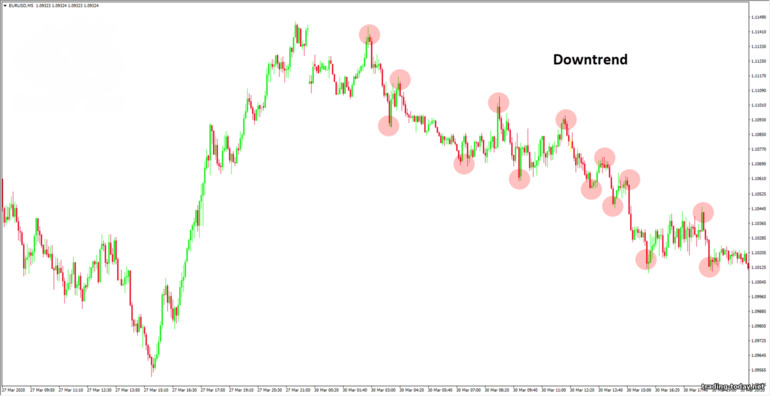
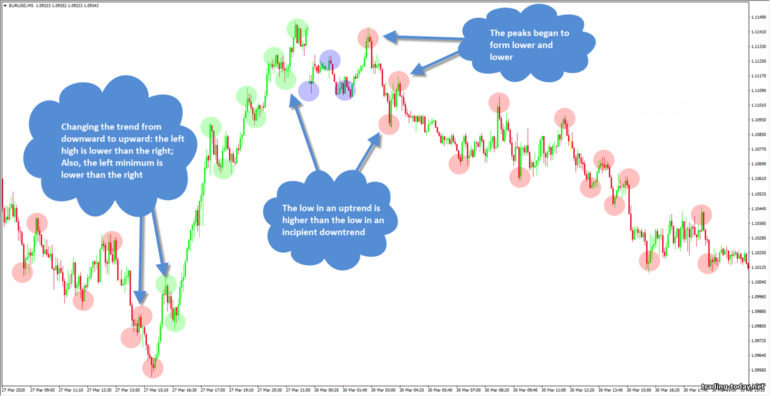
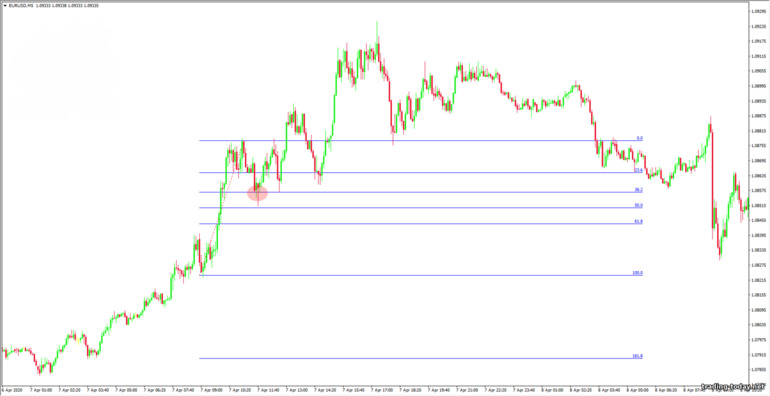
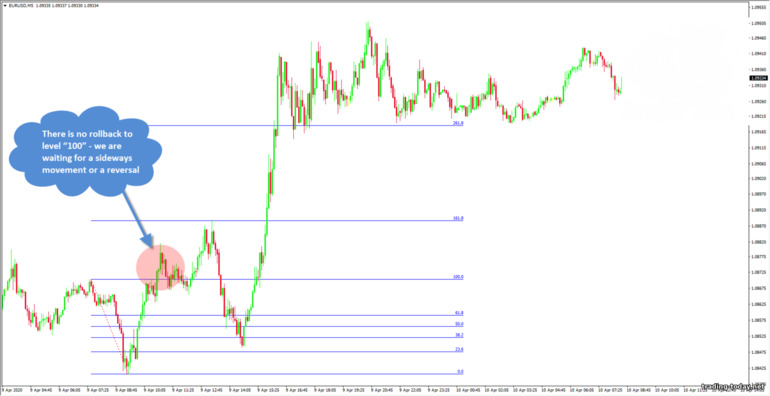
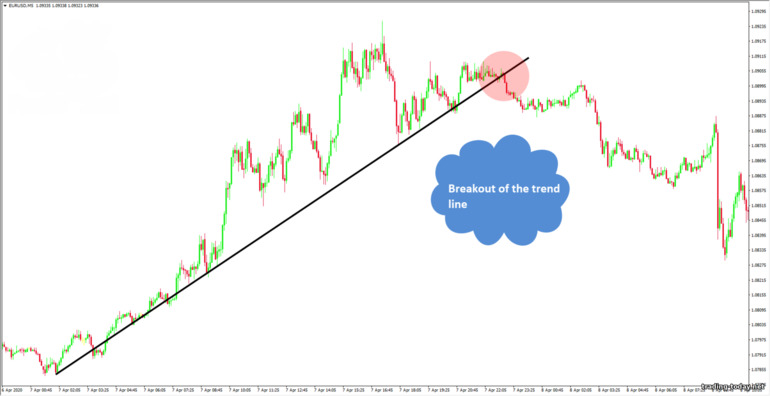








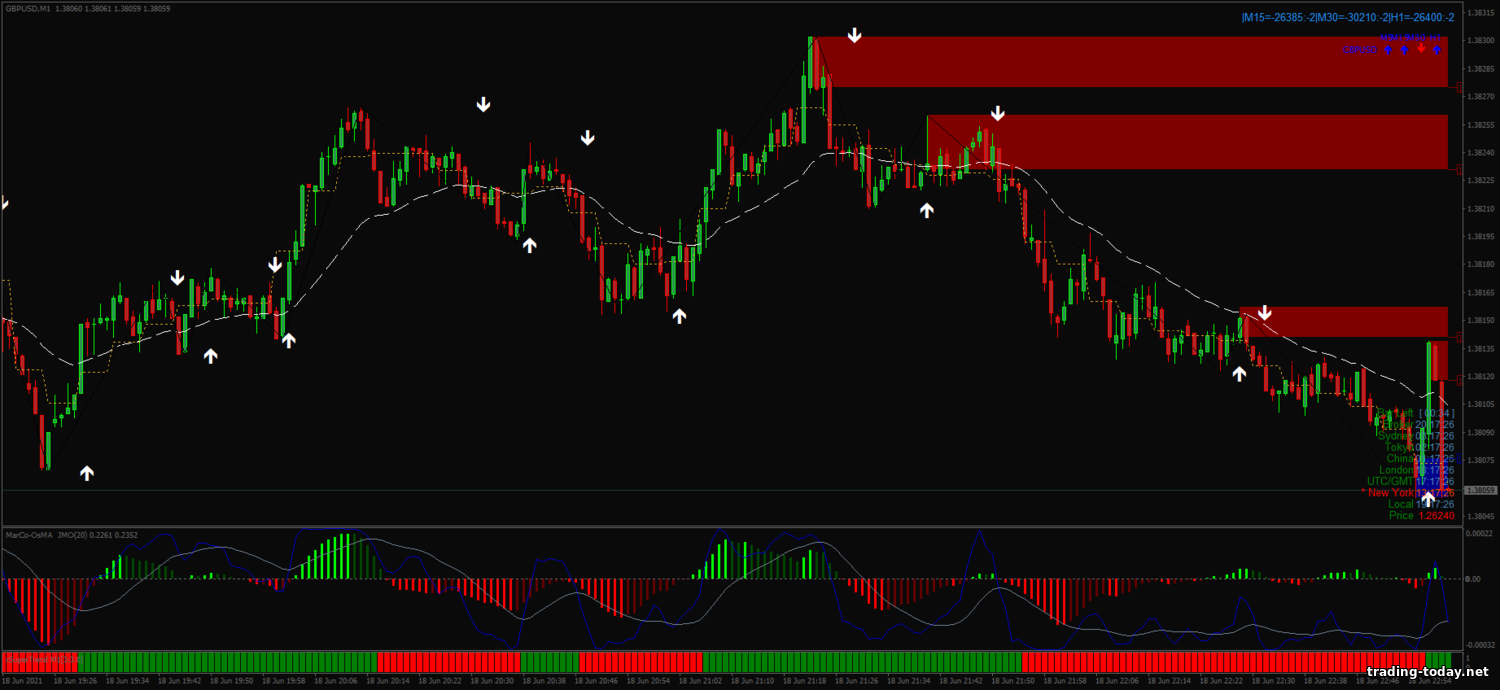
Reviews and comments